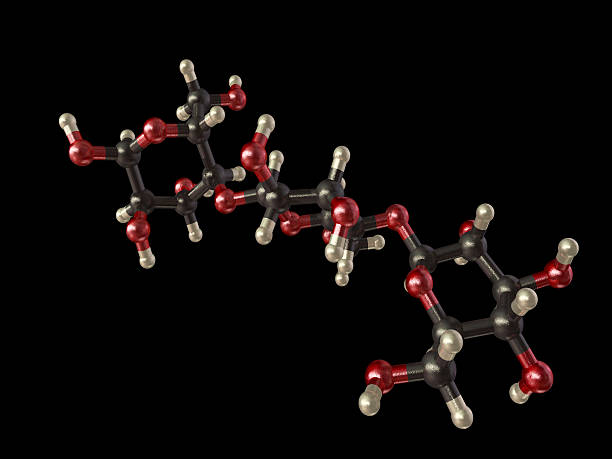Methyl formate, chemically represented as HCOOCH₂H₂O, has emerged as a significant compound in the realm of organic chemistry. This simple yet versatile molecule plays an essential role in various chemical reactions, serving as a key reagent and intermediate for synthesizing a wide range of organic compounds. In this article, we will delve into the properties, importance, and applications of methyl formate, highlighting its critical contributions to chemical science and industry.
Chemical Structure and Properties
Methyl formate is an ester formed from the condensation of methanol and formic acid. Its structure can be characterized by the presence of a formate group (HCOO) linked to a methylene group (CH₂). The molecular formula of methyl formate is C₂H₄O₂.
- Molecular Weight: 60.05 g/mol
- Appearance: Colorless liquid with a pleasant, fruity odor
- Boiling Point: Approximately 32 °C (90 °F)
- Solubility: Methyl formate is soluble in water, alcohols, and organic solvents, making it a versatile compound for various applications.
These properties contribute to its functionality in different chemical processes, allowing it to act as both a solvent and a reactant.
Role in Chemical Reactions
Methyl formate is a crucial component in several chemical reactions, making it indispensable in organic synthesis:
- Transesterification:
Methyl formate can undergo transesterification reactions with different alcohols, leading to the formation of various esters. This reaction not only provides a pathway for producing biodiesel but is also vital in synthesizing cosmetic and pharmaceutical esters. - Nucleophilic Addition Reactions:
The carbonyl group in methyl formate serves as an electrophile, enabling nucleophilic addition reactions. This characteristic is essential in creating complex organic molecules and can be utilized in synthesizing pharmaceuticals, agrochemicals, and fine chemicals. - C–C Bond Formation:
Methyl formate is beneficial for forming carbon–carbon bonds through reactions such as the formation of aldehydes and alcohols. These transformations are fundamental in organic synthesis, facilitating the construction of more complex molecular architectures. - Hydrolysis:
Methyl formate can undergo hydrolysis, especially under acidic or basic conditions, to yield formic acid and methanol. This process is reversible and is vital for recycling these important chemical constituents in industrial applications.
Applications
The versatility of methyl formate translates into numerous applications across multiple industries:
- Solvent:
Due to its effective solvency properties, methyl formate is used as a solvent in chemical reactions, extraction processes, and analytical procedures. Its low toxicity makes it an attractive alternative to more hazardous solvents. - Plasticizer:
Methyl formate is utilized as a plasticizer in polymer production. It enhances the flexibility and durability of various plastics, making it valuable in the manufacturing of consumer goods. - Intermediate in Synthesis:
In pharmaceutical synthesis, methyl formate serves as an important intermediate for producing various drugs and therapeutic agents. Its ease of use and ability to introduce carbonyl groups make it a preferred reagent in synthetic pathways. - Agricultural Chemicals:
Methyl formate is involved in the synthesis of agrochemicals, including herbicides and pesticides, thus contributing to agricultural productivity and food security. - Green Chemistry:
With a growing emphasis on sustainability, methyl formate’s low toxicity and biodegradability make it a suitable candidate for green chemistry applications. Its use aligns with environmental objectives, reducing reliance on harmful solvents and reactants.
Conclusion
Methyl formate (HCOOCH₂H₂O) is a critical component in the landscape of chemical reactions, offering versatility and functionality as a solvent, reagent, and intermediate. Its role in key chemical processes underscores its significance in organic synthesis, with wide-reaching applications in industries such as pharmaceuticals, agriculture, and materials science. As researchers continue to explore its potential, methyl formate may pave the way for innovative methodologies and sustainable practices in the chemical industry. Understanding this compound’s properties and applications is essential for harnessing its full potential and driving advancements in chemical science.



